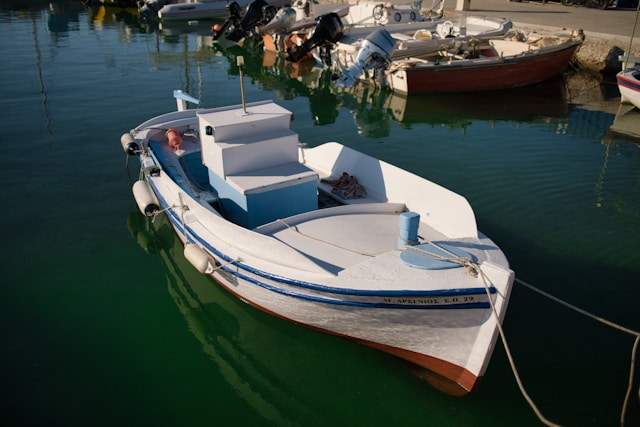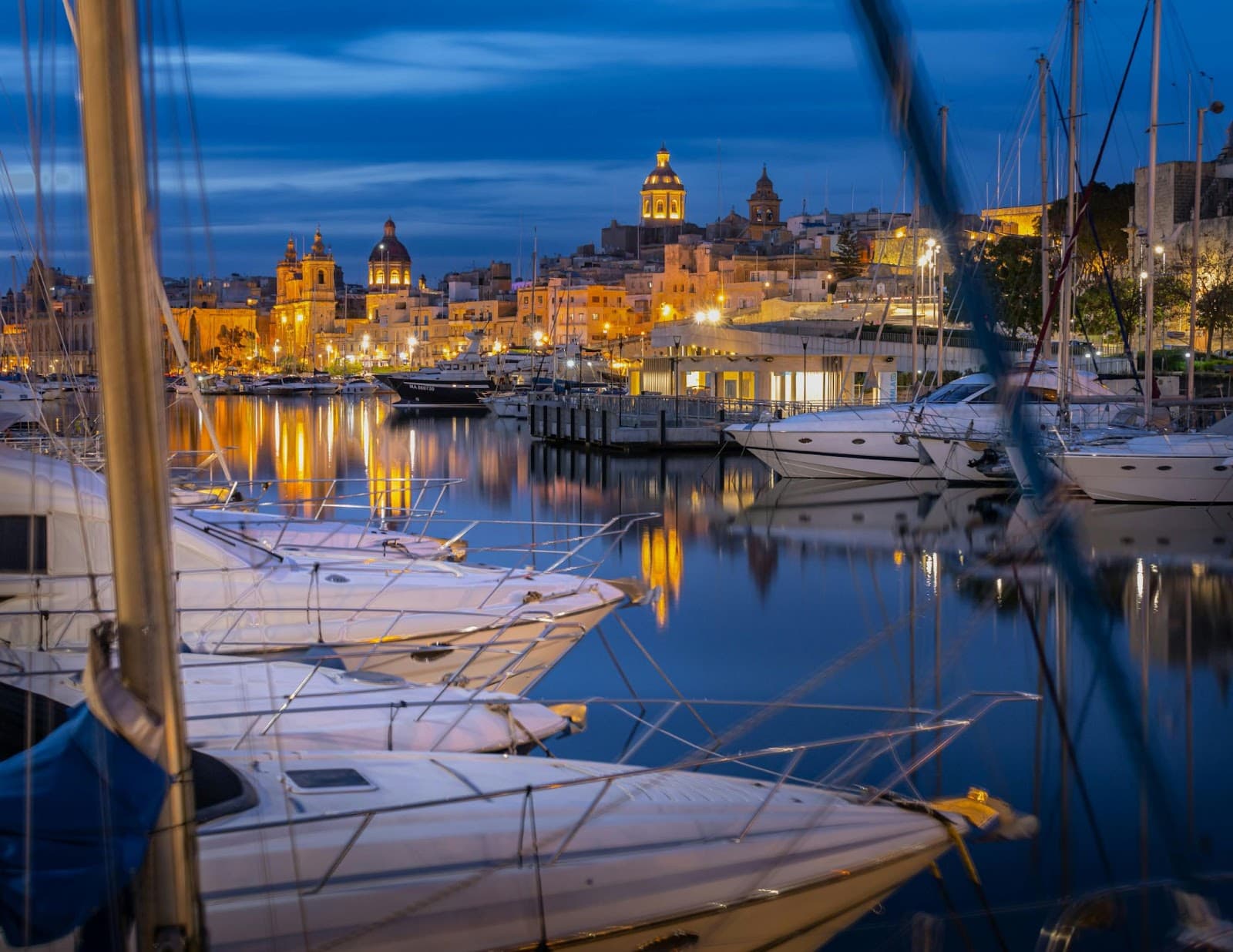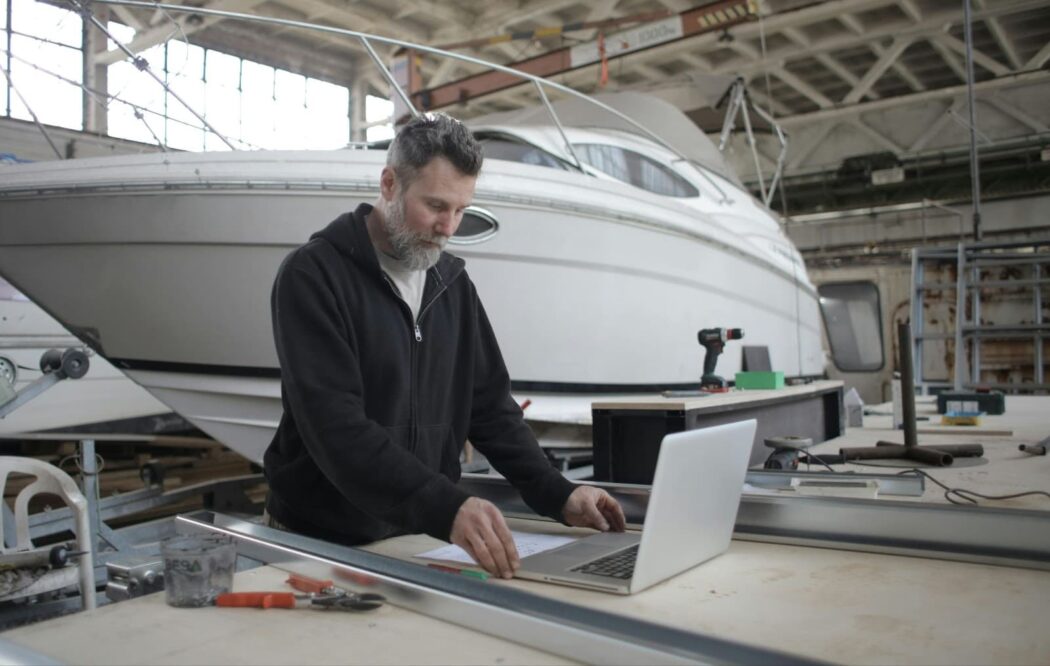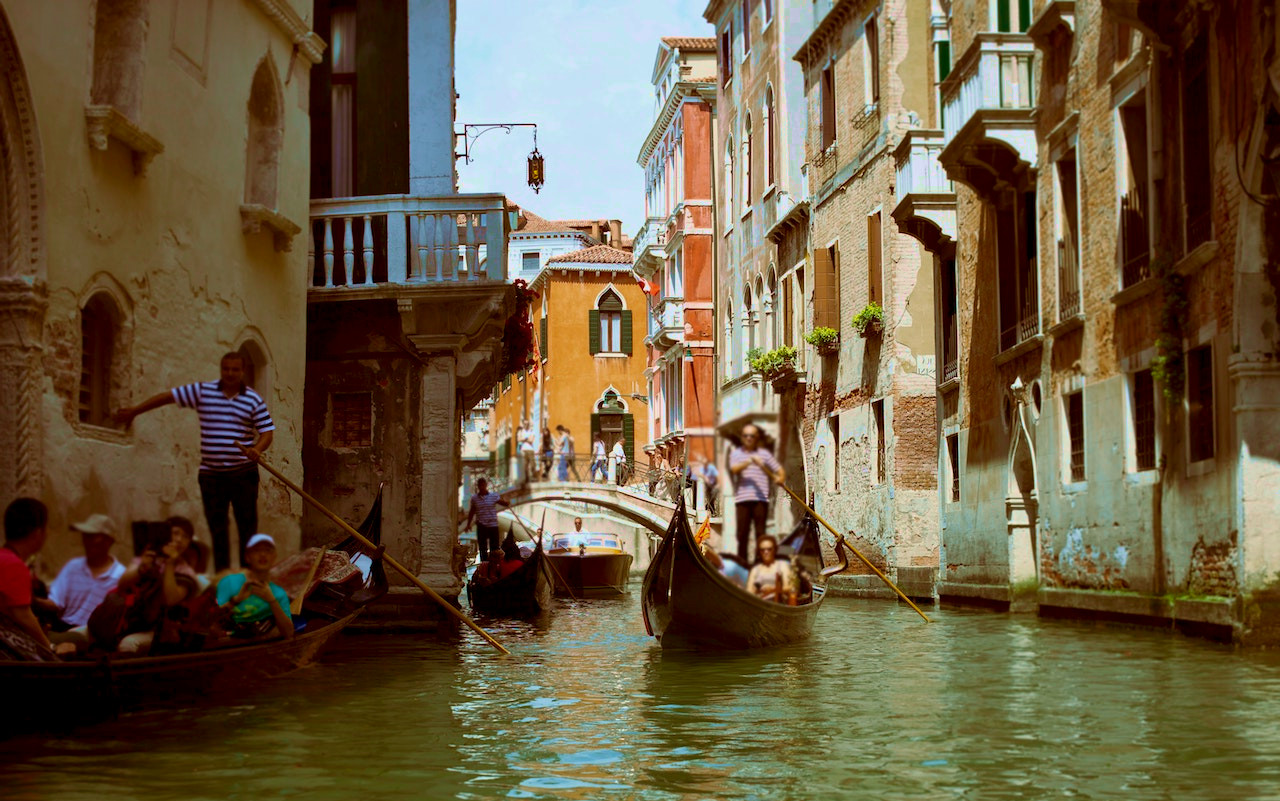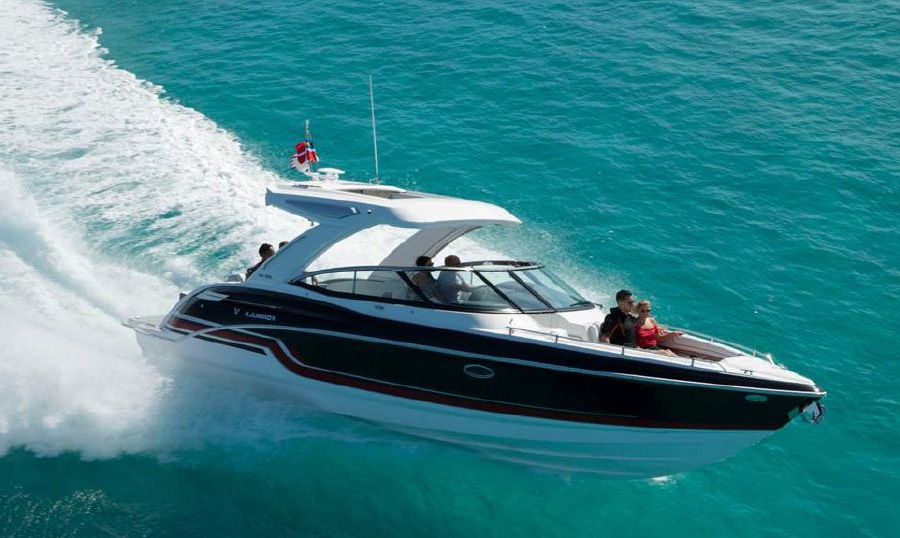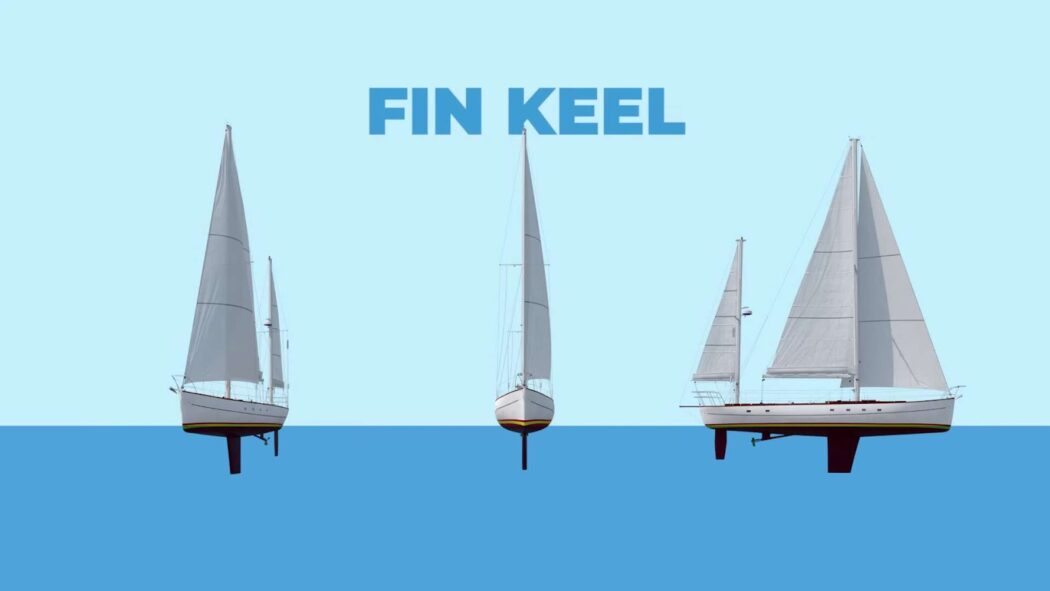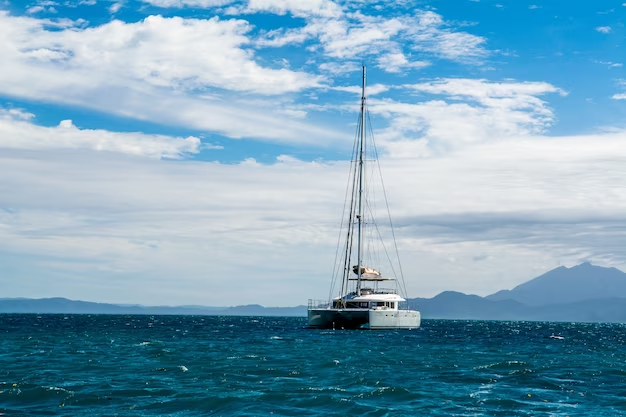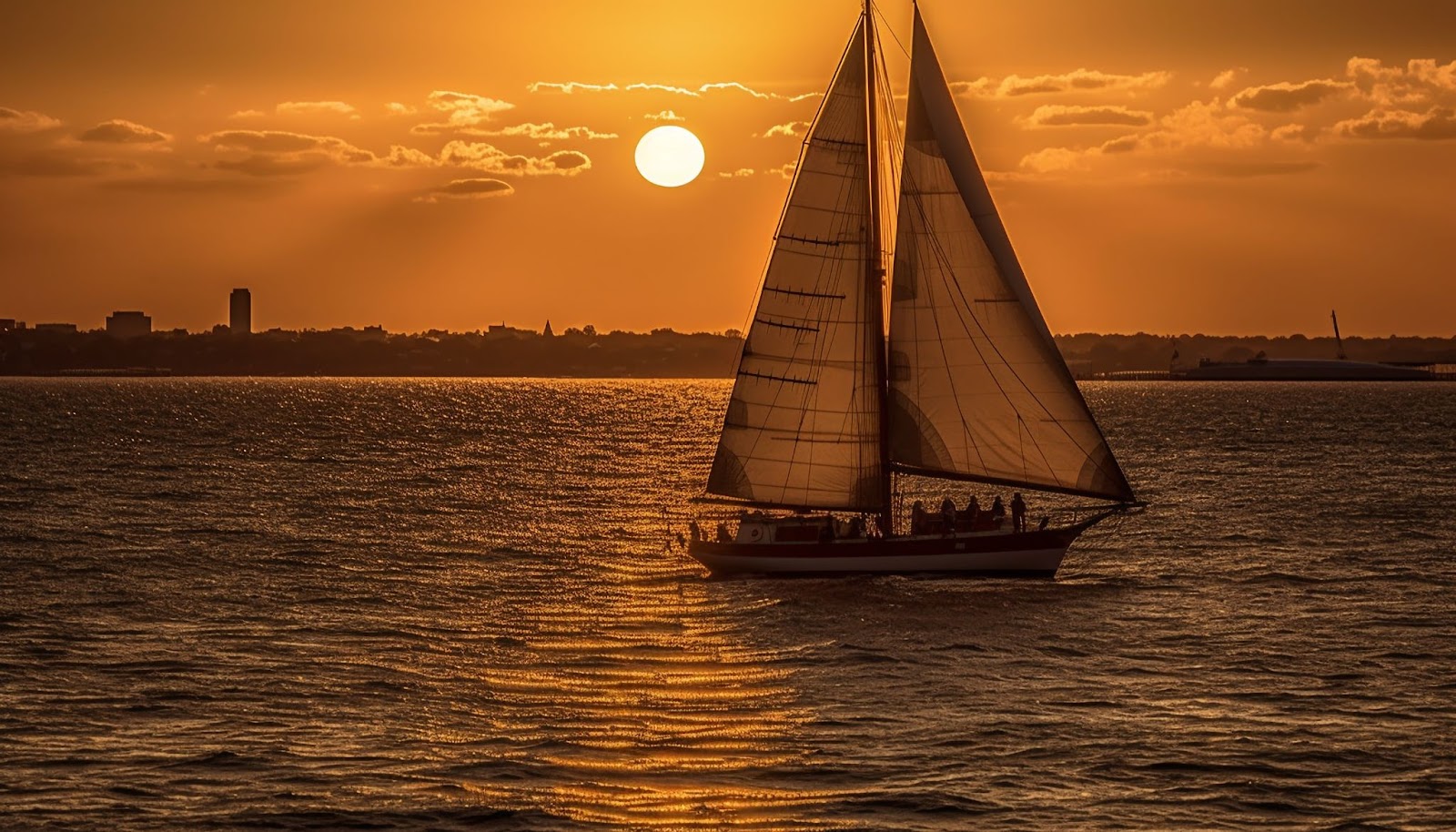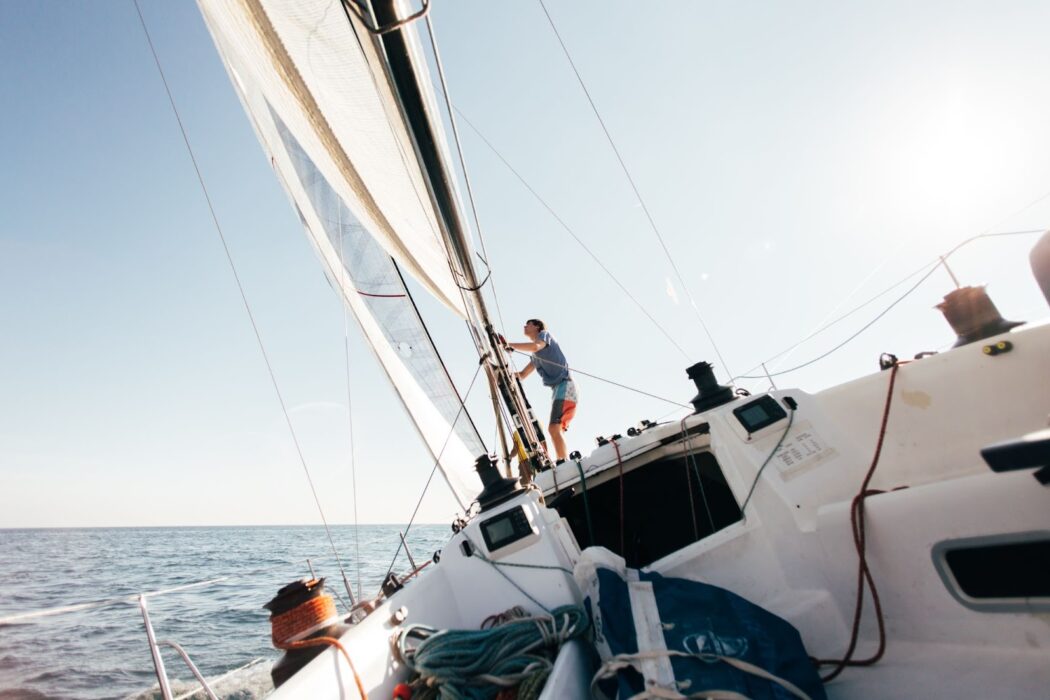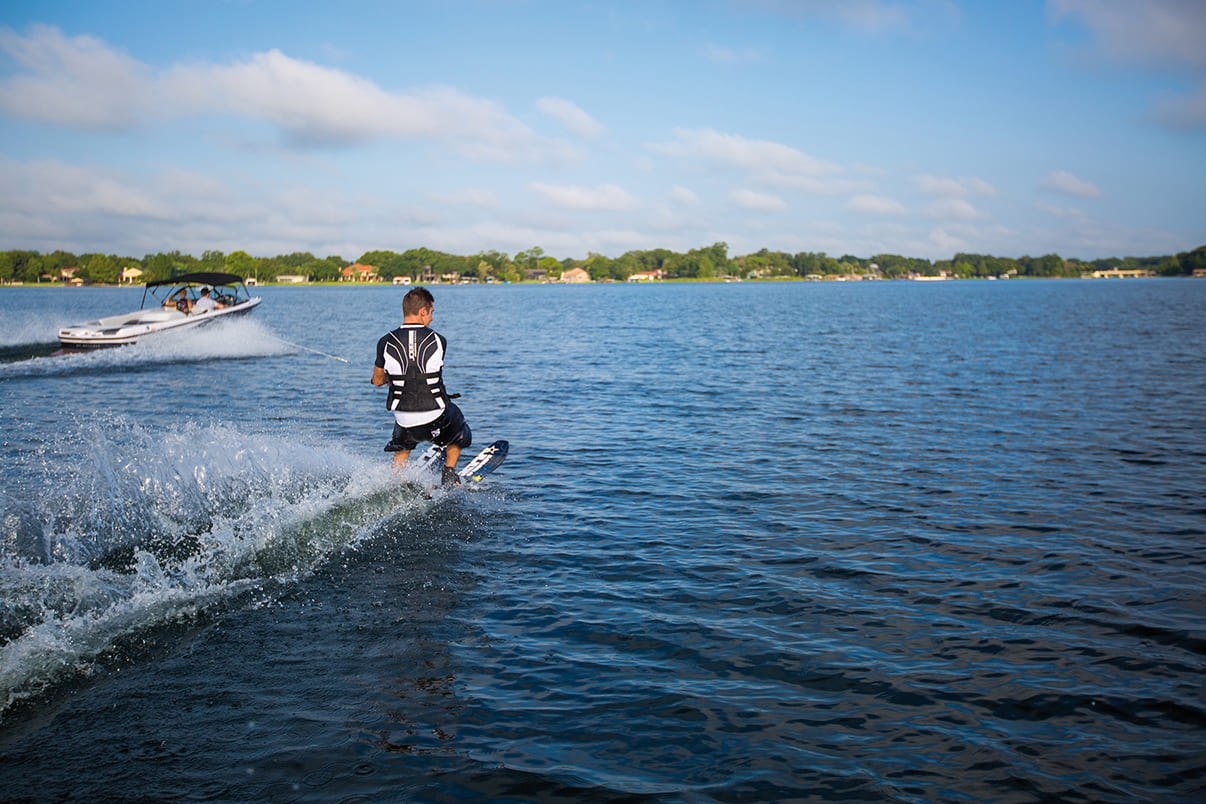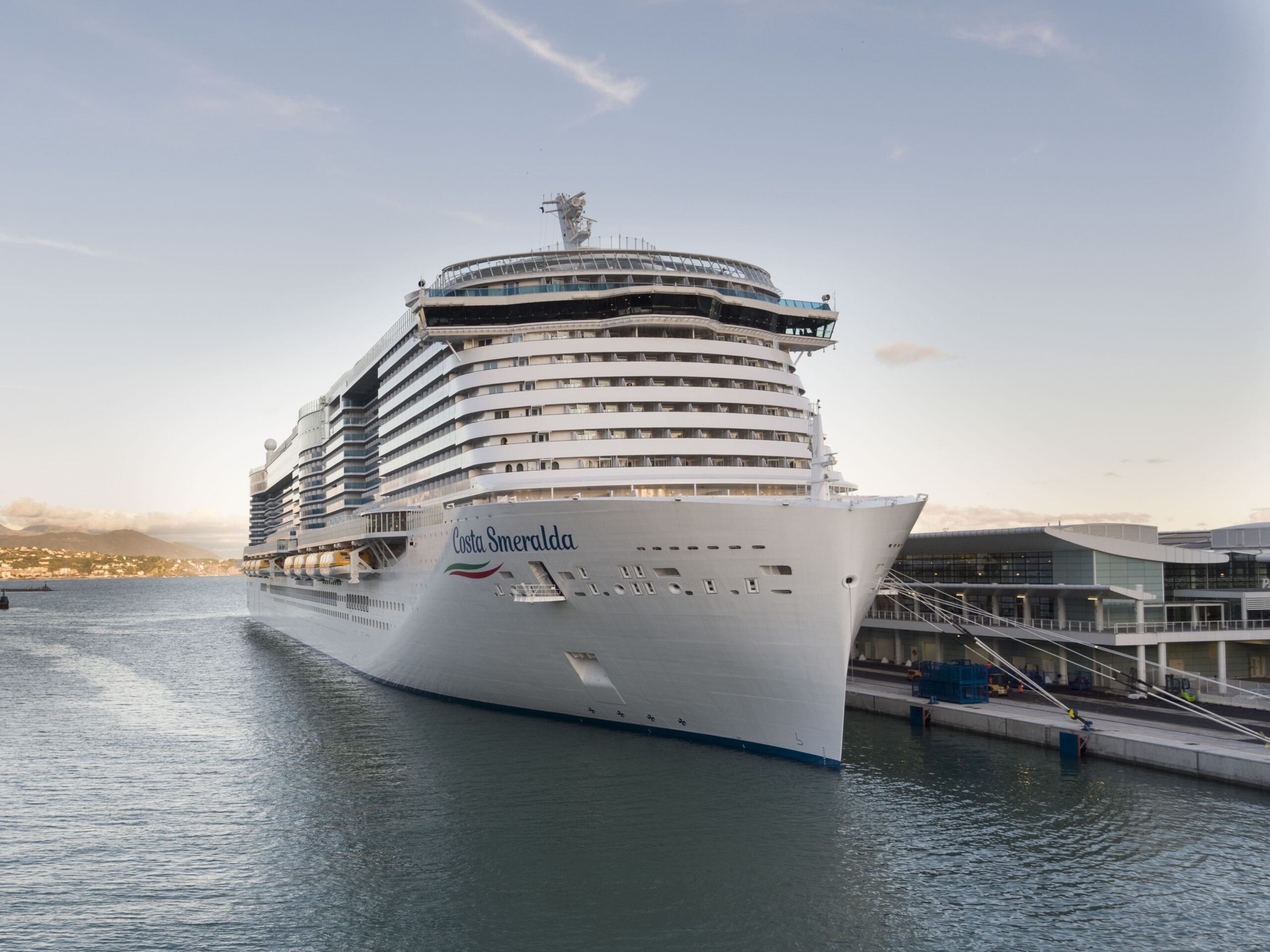Luxury Living: Yachts et Ballet Extravaganza in Miami
Why are yachts and ballet events gaining popularity? These unique experiences combine luxury yachting with world-class ballet performances, often featuring the world premiere of new and exclusive ballet pieces. Imagine watching a captivating ballet on the deck of a luxurious yacht with the ocean as your backdrop. This article explores the rise of this trend and what makes it a must-experience for enthusiasts of both art and opulence.
Key Takeaways
- The fusion of luxury yachts and ballet performances creates an exclusive and enchanting experience, elevating both art forms and redefining traditional leisure activities.
- The Miami Yacht Show serves as a premier platform for showcasing luxury yachts and lifestyle experiences, offering unique networking opportunities and high-profile events to attendees.
- Ballet Austin plays a key role in enhancing luxury yacht events by providing world-class performances and transforming venues with glamorous features like an international-style club dance floor, emphasizing the importance of art in cultural and opulent settings.
The Ultimate Luxury Experience
The ultimate luxury experience is a bespoke journey tailored to the most discerning individuals. Imagine waking up on a luxurious yacht, surrounded by crystal-clear waters and breathtaking scenery. The day begins with a leisurely breakfast on the sun-kissed deck, where the gentle sea breeze complements the exquisite flavors of freshly prepared gourmet dishes. As the morning unfolds, guests can choose to dive into the azure waters for a snorkeling adventure, discover vibrant marine life, or simply lounge in the sun, soaking in the serene ambiance.
As the afternoon approaches, the yacht becomes a haven of relaxation and indulgence. Guests can enjoy a soothing massage or a rejuvenating spa treatment, ensuring they are pampered to perfection. For those seeking a bit more activity, the yacht’s array of water toys, including jet skis and paddleboards, offer endless fun and excitement.
As the sun sets, the deck transforms into a dining paradise. A personal chef crafts a gourmet dinner featuring the finest ingredients and paired with an exquisite selection of wines and champagnes. The culinary experience is a feast for the senses, with each dish meticulously prepared to delight and impress.
The evening culminates in a private party on a pristine beach, where a live DJ sets the mood with captivating tunes. Guests dance under the stars, the night sky providing a magical backdrop to an unforgettable celebration. This bespoke journey, filled with luxury and personalized experiences, epitomizes the ultimate in opulent living.
The Intersection of Elegance: Yachts and Ballet

In the world of high society, where exclusivity and luxury reign supreme, the fusion of yachts and ballet has carved out a niche that is both captivating and extraordinary. Luxury yachts have long been symbols of opulence, but when paired with the delicate artistry of ballet, they transcend mere vessels of leisure to become floating stages for a spectacle of grace and grandeur. The trend of hosting ballet performances aboard luxury yachts has been gaining momentum, creating an experience that is as unique as it is enchanting.
Imagine stepping onto the deck of a luxury yacht charter, the crisp sea breeze mingling with the anticipation in the air. As the sun sets and the sky transforms into a canvas of twilight hues, the stage is set for a ballet performance that is nothing short of magical. These onboard performances are not just about the dance; they are about the entire experience – the ambiance, the exclusivity, the seamless blend of art and luxury.
The intersection of yachts and ballet is more than just a visual and auditory delight; it is a cultural phenomenon that elevates the status of both art forms. Luxury yachting, already synonymous with high style and sophistication, finds a perfect complement in the ethereal beauty of ballet. This fusion creates an atmosphere where guests can indulge in the finest of both worlds – the serene pleasure of sailing across the open sea and the mesmerizing allure of ballet performances that unfold right before their eyes.
The allure of such events is undeniable. They offer an intimate setting where a select few can watch world-class ballet dancers perform up close, creating a personal connection with the art that is rarely possible in traditional theaters. This exclusivity, combined with the scenic backdrop of the ocean, makes for an unforgettable evening of elegance and style. Whether anchored in the quaint marina of an old port or sailing the winding streets of the French Riviera, these performances add a touch of the spectacular to the world of yachting.
The combination of yachts and ballet provides an unparalleled experience for those seeking ultimate luxury and cultural enrichment. It is a testament to the endless possibilities of luxury living, where the boundaries of traditional enjoyment are constantly being redefined. And as this trend continues to grow, it promises to bring even more innovative and breathtaking experiences to those fortunate enough to partake.
Miami Yacht Show: A Premier Event
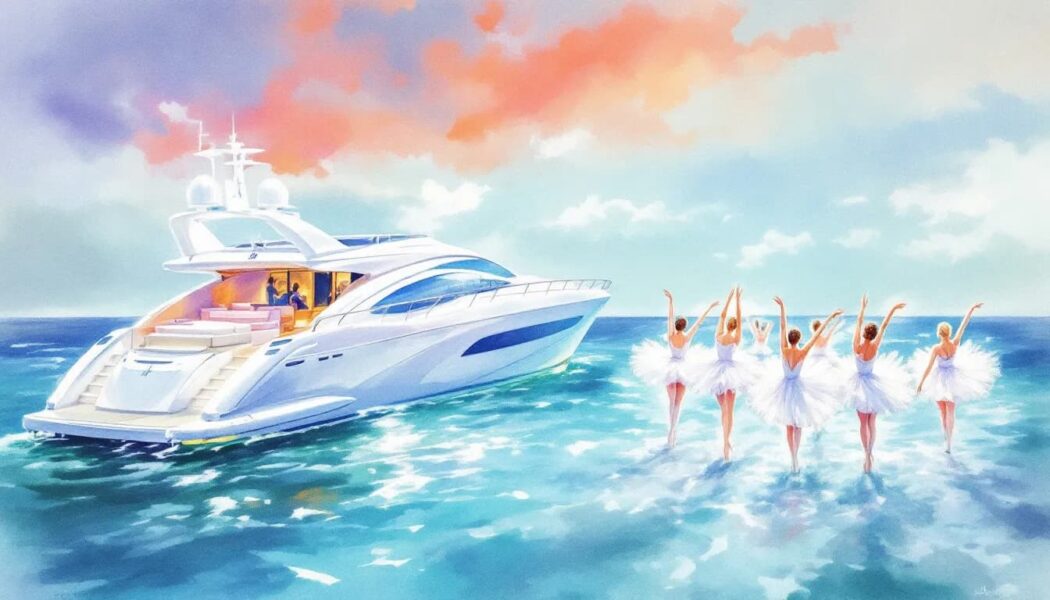
The Miami Yacht Show stands as a beacon of luxury and prestige in the yachting calendar. This premier event attracts enthusiasts and industry leaders from around the globe, eager to witness the latest in luxury yacht charter offerings and lifestyle experiences. With over 1,000 boats and more than 600 luxury yachts on display, the show is a testament to the scale and diversity that the luxury yacht industry has to offer.
But the Miami Yacht Show is more than just a showcase of world-class yachts; it is a celebration of the luxury lifestyle. Visitors are treated to a plethora of experiences that go beyond mere yacht viewing. From exclusive access to VIP lounges to private parties and networking events, the show offers a comprehensive glimpse into the world of luxury yachting. It is an event that combines the thrill of discovering new yachts with the pleasure of indulging in the finer things in life. Upscale gatherings and yacht displays at Island Gardens Deep Harbour Marina further enhance the luxurious experience, featuring cocktail events, yacht launches, and fine dining in a scenic waterfront setting.
The significance of the Miami Yacht Show within the luxury yacht sector cannot be overstated. It is a platform where the latest innovations and trends in yachting are unveiled, making it a must-attend event for anyone serious about luxury yachting.
From the grandeur of the yachts on display to the elegance of the associated events, the Miami Yacht Show epitomizes everything that is grand and glamorous about the yachting world.
World-Class Yachts on Display
The Miami Yacht Show is renowned for its impressive lineup of luxury yachts, each one a marvel of engineering and design. Among the notable names are the superyachts Acacia, Bold, and La Luna, each bringing its own unique charm to the event. These yachts are not just vessels; they are masterpieces that represent the pinnacle of luxury and innovation in the yachting world. The show often features the world premiere of new yachts, unveiling the latest in design and technology.
One of the highlights of the show is the 85.3-meter Bold, a yacht known for its expansive outdoor spaces and luxurious amenities. This superyacht offers an unparalleled experience with its sophisticated design and state-of-the-art features. Another standout is Laurel, a 73.2-meter yacht that boasts a fully equipped gym and a library that transforms into a private cinema, offering both fitness and entertainment options.
Marguerite, measuring 61.3 meters, is another jewel in the crown of the Miami Yacht Show. This yacht is designed for ultimate privacy and luxury, featuring a private owner’s area and a professional dive center for underwater exploration. Each yacht on display is a testament to the meticulous craftsmanship and innovative design that defines the world of luxury yachting.
The diversity of the yachts on display at the Miami Yacht Show is truly spectacular. From sleek, modern designs to classic, opulent interiors, there is something to captivate every visitor. These world-class yachts are not just symbols of wealth; they are embodiments of a lifestyle defined by elegance, comfort, and adventure. For those considering a luxury yacht charter, the Miami Yacht Show provides the perfect opportunity to explore the best the industry has to offer.
VIP Experiences and Private Parties
The allure of the Miami Yacht Show extends beyond the yachts themselves. The event is renowned for its VIP experiences and private parties, which add an extra layer of exclusivity and sophistication. These exclusive events attract affluent guests who are not only interested in the yachts but also in the lifestyle that accompanies luxury yachting.
One of the highlights of these VIP experiences is the incorporation of live ballet performances. These performances elevate the entertainment value of the events, offering guests a unique and immersive cultural experience. Attendees often have the opportunity to interact with choreographers and dancers, adding a personal touch to the overall experience. The dance floor becomes a central feature during these exclusive nightlife events, transforming the venue into a glamorous international-style club.
Exclusive VIP lounges and private events at the Miami Yacht Show provide an elegant setting for networking. These events often include private dinners and receptions hosted by luxury brands, providing an intimate environment for guests to connect and socialize. The combination of luxurious surroundings, high-profile guests, and exclusive access makes these gatherings truly memorable.
Networking opportunities at the Miami Yacht Show are plentiful. Exclusive networking events are organized throughout the show, allowing attendees to connect with industry leaders and influential figures. From private parties on yachts to receptions with industry speakers, these events provide a platform for meaningful interactions and discussions. For those looking to expand their network and gain insights into the luxury yachting world, the Miami Yacht Show offers unparalleled opportunities.
Ballet Under the Stars: Performances on Deck

One of the most enchanting aspects of luxury yacht events is the ballet performances held on deck under the night sky. These performances create a theatrical ambiance that is both intimate and spectacular, offering a cultural experience that is truly unique. As the stars twinkle above and the gentle waves lap against the hull, the stage is set for an evening of elegance and grace. Some of these performances even feature the world premiere of new ballet works, adding to their uniqueness and cultural significance.
The combination of ballet and luxury yacht events offers a new dimension of entertainment. Guests are treated to world-class performances in a setting that is both exclusive and breathtaking. The outdoor cinemas on some yachts further enhance the leisure experience, allowing guests to enjoy films or live performances under the stars. These unique features make for an unforgettable evening that blends luxury with cultural enrichment.
The ambiance of these performances is unparalleled. The gentle sway of the yacht, the soothing sound of the waves, and the star-studded sky create a magical setting for ballet performances. It is an experience that transcends traditional theater, offering a more personal and immersive connection to the art. Guests can watch the dancers up close, feeling the emotion and energy of the performance in a way that is rarely possible in larger venues.
These ballet performances are not just about the dance; they are about the entire experience. From the moment guests step onto the deck, they are immersed in an atmosphere of luxury and elegance. The combination of stunning views, high-quality entertainment, and the exclusivity of the event makes for a night that is truly unforgettable.
Ballet under the stars on a luxury yacht offers a unique and luxurious cultural experience.
Ballet Austin’s Role in Luxury Events
Ballet Austin has played a significant role in bringing world-class ballet performances to luxury yacht events. Known for their exceptional talent and commitment to artistic excellence, Ballet Austin collaborates with elite organizations to provide performances that elevate the luxury yachting experience. Their involvement ensures that guests are treated to top-tier performances that blend seamlessly with the opulent surroundings.
Ballet Austin is dedicated to making ballet accessible to all audiences, ensuring that the beauty of the art form is available to everyone. Their home, the Butler Dance Education Center in downtown Austin, serves as a hub for cultural and artistic education, fostering a love for ballet within the community. Through their performances and community initiatives, Ballet Austin not only enhances luxury yacht events but also contributes to the broader cultural landscape.
The collaboration between Ballet Austin and luxury yacht events is a testament to the power of art in elevating experiences. By blending artistry with philanthropy, Ballet Austin adds a layer of meaning and depth to these high-profile events. Their performances are not just about entertainment; they are about creating moments of beauty and inspiration that resonate with audiences long after the final bow.
Fine Dining and Gourmet Food
No luxury yacht event would be complete without fine dining and gourmet food. These culinary experiences are designed to elevate the overall luxury experience, providing guests with exquisite dishes crafted by gourmet chefs. Onboard dining often features regional cuisine made from the finest local ingredients, offering a taste of the destination’s culinary heritage.
Dining on luxury yachts is a versatile affair. Guests can enjoy local delicacies at renowned shore restaurants or indulge in unique culinary adventures crafted onboard. Each superyacht charter typically includes a gourmet chef who creates bespoke menus tailored to the guests’ preferences, ensuring a personalized dining experience that is both luxurious and memorable.
For those seeking something truly extraordinary, underwater dining experiences, such as those offered in the Maldives, provide a unique atmosphere alongside fine culinary offerings. These experiences take gourmet dining to new depths, literally, offering a dining setting that is as breathtaking as the food itself. Whether above or below the waves, the culinary experiences on luxury yachts are designed to delight and impress.
Networking and Socializing Opportunities
Luxury yacht events are not just about the yachts and the entertainment; they are also about the people you meet and the connections you make. These events often include exclusive networking gatherings where industry professionals can connect and collaborate. Whether you are looking to advance your career or simply expand your social circle, the networking opportunities at luxury yacht events are invaluable.
Networking at yacht events allows attendees to meet influential figures in the maritime sector, enhancing career growth and opportunities. One such platform is My Yacht® Club, which offers guests a unique experience featuring reserved seating, DJs, and themed events, providing excellent social opportunities. These gatherings are not only fun but also an excellent way to build relationships within elite social circles.
Organizations like Young Professionals in Yachting (YPY) host monthly meetings and social events aimed at fostering relationships among emerging professionals in the yachting industry. Establishing a robust network within these circles can enhance your chances of receiving invitations to high-profile events. It’s beneficial to attend smaller networking events to connect with influential individuals who can provide access to exclusive invitations.
Supporting the cause behind invitation-only events through donations can also improve your chances of being invited. Strategically planning your attendance at high-profile events involves identifying those that align with your interests and reaching out to your network.
The Miami International Boat Show, attracting around 100,000 visitors from around the globe, is a crucial event for luxury yachting and offers numerous networking opportunities. Serious about making connections in the luxury yacht industry? These events are unmissable.
The Perfect Backdrop: Miami’s Scenic Beauty

Miami’s scenic beauty provides the perfect backdrop for luxury yacht events. The city’s picturesque waterfront offers breathtaking views of the skyline, creating an ideal setting for these exclusive gatherings. The vibrant sunsets and clear waters contribute to a romantic ambiance that enhances special occasions, making every moment magical.
The palm-fringed beaches of Miami add to the tropical feel of luxury yacht events. Guests can enjoy ballet shows while surrounded by the scenic views of the ocean during yacht charters. Hosting events on a yacht in Miami allows guests to enjoy the scenic beauty from multiple vantage points, including open decks. The combination of stunning natural beauty and dynamic urban scenery makes Miami a premier choice for exclusive yacht parties. Upscale gatherings and yacht displays at Island Gardens Deep Harbour Marina further elevate the luxurious experience, offering cocktail events, yacht launches, and fine dining in a scenic waterfront setting.
Miami’s combination of scenic beauty and vibrant urban life makes it a perfect destination for luxury yacht events. The fusion of ballet and yachting is particularly popular in cities known for their maritime culture and vibrant arts scenes. Whether you are watching a ballet performance under the night sky or enjoying a gourmet dinner on deck, the scenic beauty of Miami enhances every experience.
The great atmosphere of Miami, with its white sandy beaches and palm trees, creates a backdrop that is both spectacular and serene. The sunsets over the ocean provide a stunning end to a day of luxury and leisure, making every event feel like a special occasion. For those looking to indulge in the ultimate luxury experience, Miami offers a destination that is as beautiful as it is exciting.
Luxury Travel in Miami
Miami is a city that embodies the essence of luxury travel. From its stunning beaches to its vibrant nightlife, Miami offers a plethora of experiences for those seeking the finest in life. For the ultimate luxury experience, consider chartering a yacht and exploring the city’s picturesque coastline. The iconic South Beach, with its art deco architecture, white sandy beaches, and crystal-clear waters, is a must-visit destination. Here, guests can bask in the sun, take a refreshing dip in the ocean, or stroll along the bustling boardwalk.
Fine dining in Miami is an experience unto itself. The city boasts a myriad of world-class restaurants, each offering a unique culinary journey. From fresh seafood to international cuisine, the dining options are as diverse as they are exquisite. For a truly indulgent experience, visit a luxurious beach club where gourmet food and impeccable service create an atmosphere of pure bliss.
As the day transitions to night, Miami’s vibrant nightlife comes alive. Exclusive events and private parties at some of the world’s most renowned clubs offer an unparalleled experience. Guests can dance the night away, enjoy live performances, and mingle with the city’s elite. The combination of stunning natural beauty, dynamic urban scenery, and a thriving cultural scene makes Miami a premier destination for luxury travel. Whether you are enjoying a ballet performance under the night sky or savoring a gourmet meal on deck, Miami’s allure enhances every moment, making it a city that truly epitomizes luxury living.
Relaxation and Leisure Activities
Luxury yachts are not just about opulence and grandeur; they are also about relaxation and leisure. Many luxury yachts now feature dedicated wellness facilities, including spas and gyms, focusing on guests’ health and relaxation. These wellness centers often offer a range of services, including massage, beauty treatments, and wellness programs designed to rejuvenate the mind and body.
Yoga and meditation sessions are popular activities on luxury yachts, providing guests with a serene way to start or end their day. Professional trainers often lead fitness classes, ensuring that guests can maintain their fitness routines even while at sea. The combination of luxurious surroundings and high-quality wellness facilities makes for an experience that is both relaxing and invigorating.
For those who prefer more active pursuits, luxury yachts are equipped with a variety of water toys, such as jet skis, paddleboards, and personal submersibles. Guests can also engage in activities like scuba diving and snorkeling, with the provided gear on board. These activities allow guests to explore the underwater world and enjoy the beauty of the sea up close.
The relaxation and leisure activities available on luxury yachts ensure that there is something for everyone. Whether you want to relax in a jacuzzi, take a yoga class, or explore the ocean with water toys, luxury yachts provide an array of options to keep you entertained and relaxed. These activities enhance the overall luxury experience, making every moment on board enjoyable and memorable.
How to Attend These Exclusive Events
Securing an invitation or ticket to these exclusive yacht and ballet events requires a bit of planning and insider knowledge. Premium payment cards often come with concierge services that can assist in securing tickets to exclusive events, streamlining the process and increasing your chances of gaining access. Utilizing these services can be a game-changer, ensuring you don’t miss out on these coveted experiences.
Given the exclusivity of these events, it is beneficial to start planning early. This involves identifying the events you are interested in and reaching out to your network to explore any potential connections that could help secure an invitation. Networking at smaller events can also provide valuable contacts that may lead to invitations to more high-profile gatherings.
For those serious about attending, donations to the causes behind invitation-only events can improve your chances of being invited. By strategically planning your attendance and utilizing all available resources, you can enhance your opportunities to experience the unparalleled luxury of yacht and ballet events. Remember, early planning and a well-connected network are key to gaining access to these exclusive gatherings.
Summary
The fusion of luxury yachts and ballet performances in Miami creates an experience that is both exclusive and unforgettable. The Miami Yacht Show, with its showcase of world-class yachts, VIP experiences, and private parties, stands as a premier event in the luxury yachting calendar. Ballet performances on deck offer a unique cultural experience, while Ballet Austin’s contributions elevate these events to new heights.
Fine dining and gourmet food, combined with relaxation and leisure activities, ensure that every moment on board is a delight. Networking opportunities abound, making these events not just about luxury but also about building valuable connections. Miami’s scenic beauty provides the perfect backdrop, enhancing every experience with its breathtaking views and vibrant atmosphere. For those seeking the ultimate in luxury living, attending these exclusive events is an opportunity not to be missed.
Frequently Asked Questions
How can I secure an invitation to these exclusive yacht and ballet events?
To secure invitations to exclusive yacht and ballet events, leverage concierge services associated with premium payment cards and network at smaller events. Additionally, plan ahead and consider making donations to related causes to enhance your chances.
What types of yachts are displayed at the Miami Yacht Show?
The Miami Yacht Show showcases a variety of luxury yachts, prominently featuring superyachts such as Acacia, Bold, and La Luna, all known for their exquisite designs and lavish amenities.
What kind of dining experiences can I expect on a luxury yacht?
Expect gourmet dining experiences on a luxury yacht featuring regional cuisine prepared by skilled chefs using the finest local ingredients. These culinary adventures may take place both onboard and ashore, enhancing your overall experience.
Are there wellness facilities on luxury yachts?
Yes, luxury yachts often include wellness facilities like spas and gyms that provide services such as massages, beauty treatments, and fitness classes led by professionals.
What networking opportunities are available at luxury yacht events?
Luxury yacht events provide exclusive networking opportunities through gatherings hosted by organizations such as My Yacht® Club and Young Professionals in Yachting (YPY), designed to facilitate connections among industry professionals. Attending these events can significantly enhance your professional network.
